Sesame Soba Noodles Tossed in Tandoori Spices
10 min read A vibrant fusion dish blending Japanese soba noodles with aromatic tandoori spices and sesame for a flavorful, cross-cultural culinary experience. July 18, 2025 15:05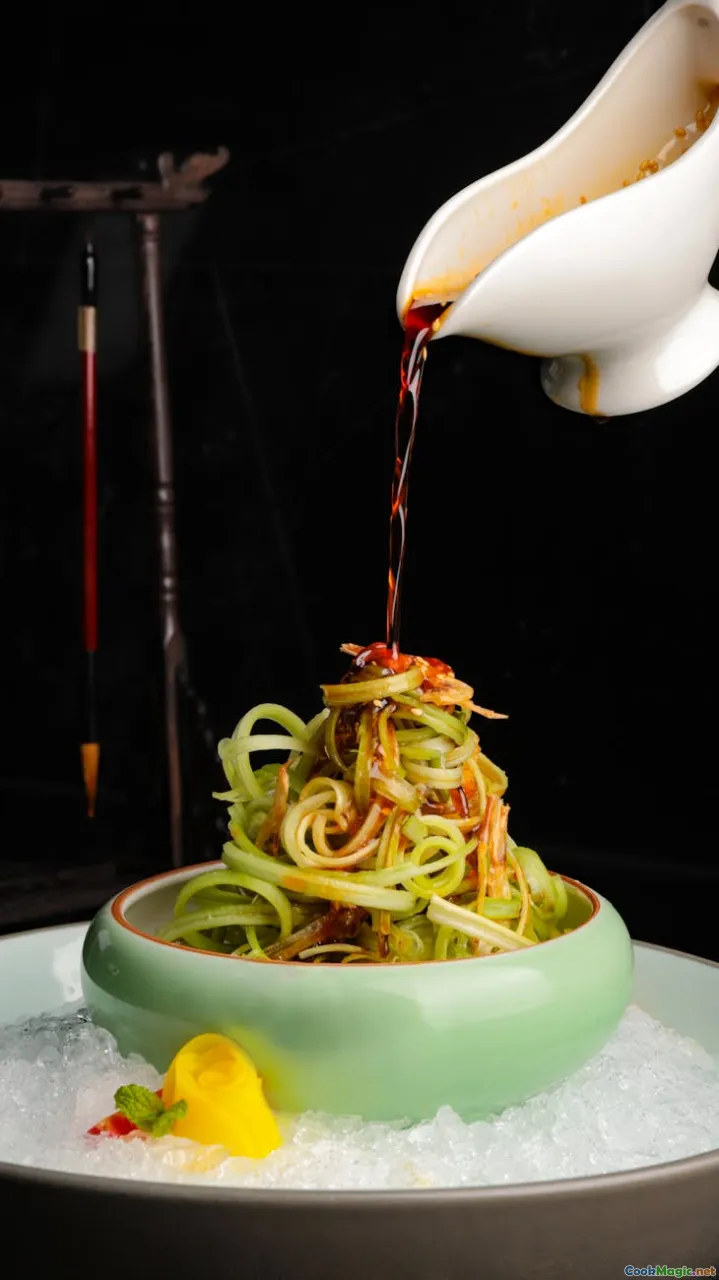
Sesame Soba Noodles Tossed in Tandoori Spices
Imagine the warm, aromatic air of a bustling Asian street market layered with hints of toasted sesame, freshly cut scallions, and a hint of smokiness from tandoori spices—an unexpected yet irresistibly harmonious fusion of flavors that beckons both the adventurous palate and the seasoned gastronome. This dish, Sesame Soba Noodles Tossed in Tandoori Spices, embodies the vibrant soul of culinary innovation, blending the subtle nuttiness of Japanese soba with the fiery, yogurt-infused magic of Indian tandoori. It’s a culinary conversation across continents, echoing stories of migration, trade, and shared kitchens.
In this article, we’ll explore how this dish embodies the exciting world of Pan-Asian Fusion, offering a detailed guide on preparation, flavor balance, and cultural storytelling. Whether you’ve been experimenting with global flavors or looking to elevate your noodle game, join me as we dive into the sublime complexity and soulfulness of sesame soba noodles enrobed in a tandoori-inspired flavor burst.
The Cultural Tapestry of Pan-Asian Fusion
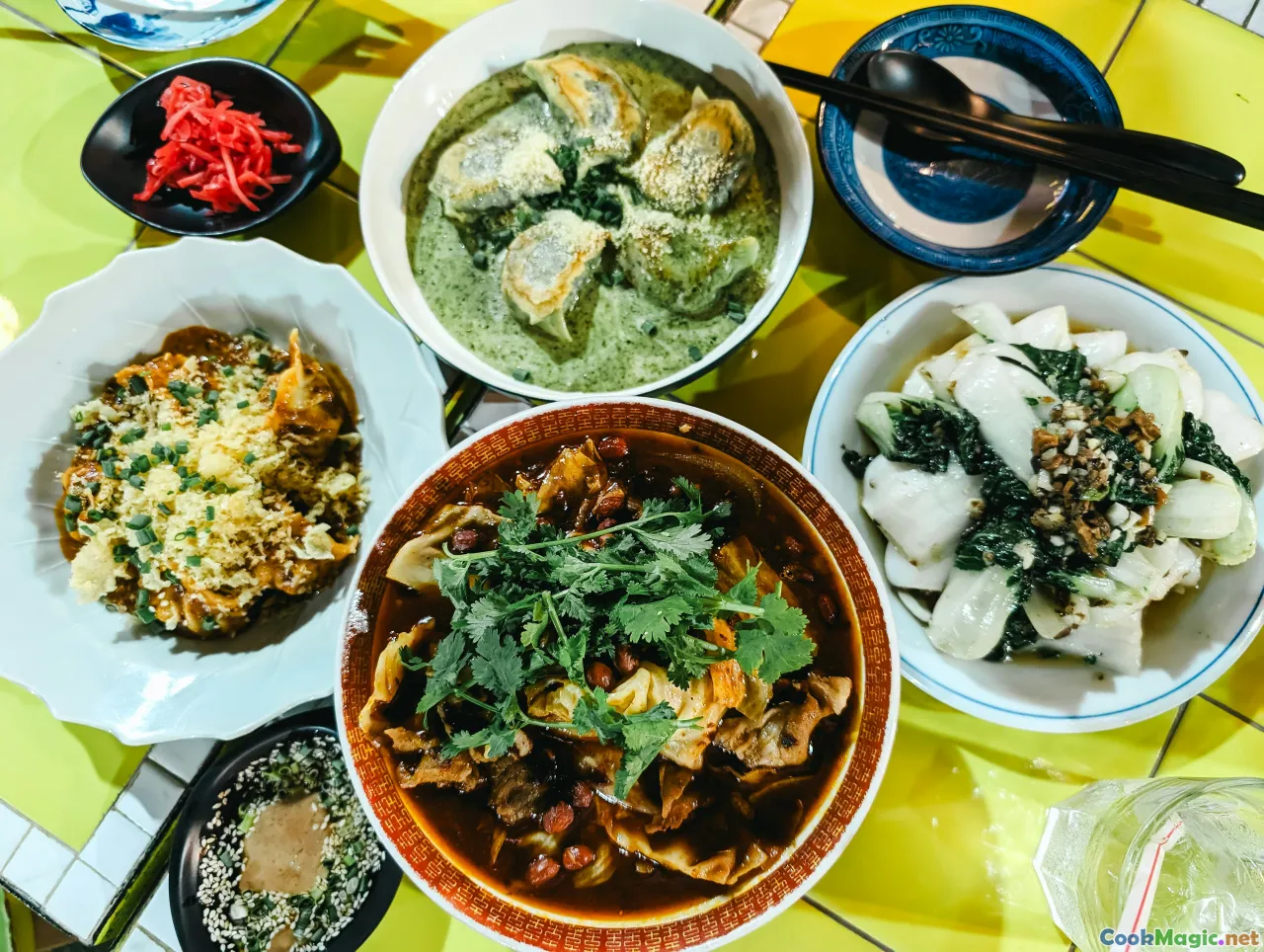
The concept of Pan-Asian Fusion emerged as a culinary bridge, blending diverse Asian traditions with Western influences, creating dishes that celebrate cultural diversity while appealing to global palates. It’s the culinary reflection of our interconnected world, where ingredients, techniques, and flavors intermingle across borders.
Historically, trade routes like the Silk Road and spice networks facilitated not just goods but also culinary ideas, ingredients, and techniques—one reason why contemporary fusion cuisine often features bold pairings. In places like Singapore, Hong Kong, and Tokyo, chefs draw inspiration from centuries of cultural exchange, crafting dishes that are rooted yet innovative.
This dish—sesame soba noodles with tandoori spices—is a flavorful testament to this rich history, merging the umami nuttiness of Japanese soba with the smoky, tangy complexities of North Indian tandoori. It’s a dialogue between East and West, tradition and experiments, comfort and surprise.
The Soul of Soba: A Journey into Japanese Noodle Tradition
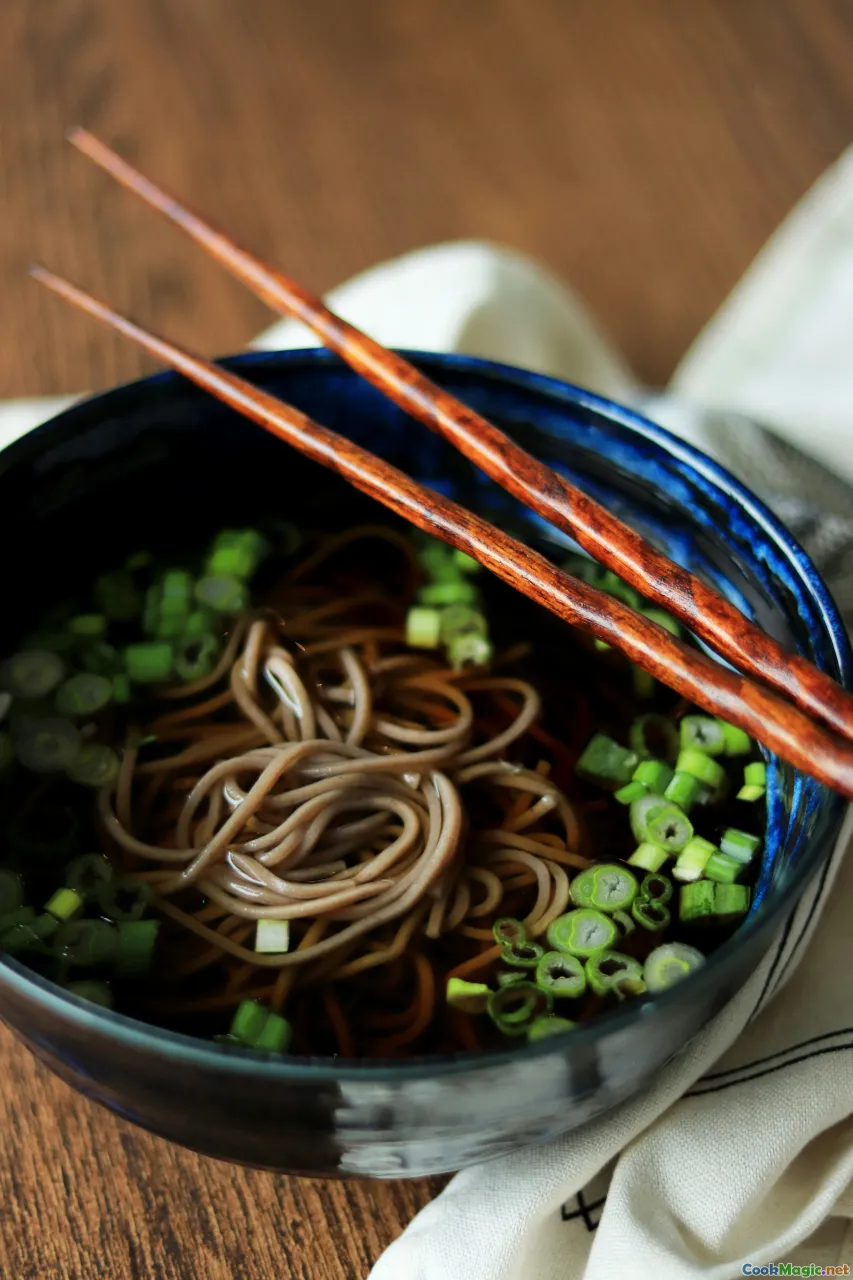
Soba noodles, made from buckwheat flour, trace their origins to Japan over a thousand years ago. Traditionally enjoyed cold during summer, in hot broths during winter, soba’s adaptability and nutty flavor have endeared it across generations.
The artistry in making soba lies in balancing textures—firm yet tender—and in handling the dough to achieve thin, even strands. When cooked properly, soba noodles possess a hearty, earthy profile complemented by their slightly chewy bite. Grocers in Japan often sell dried soba, while fresher varieties add more aroma and bounciness.
For culinary adventurers, even the simplest bowl offers a meditative culinary experience. This versatile cousin of pasta and rice noodles sets the stage beautifully for bold flavor infusions, such as the tandoori spices discussed later.
Tandoori Spices: From Mughal Kitchens to Global Kitchens
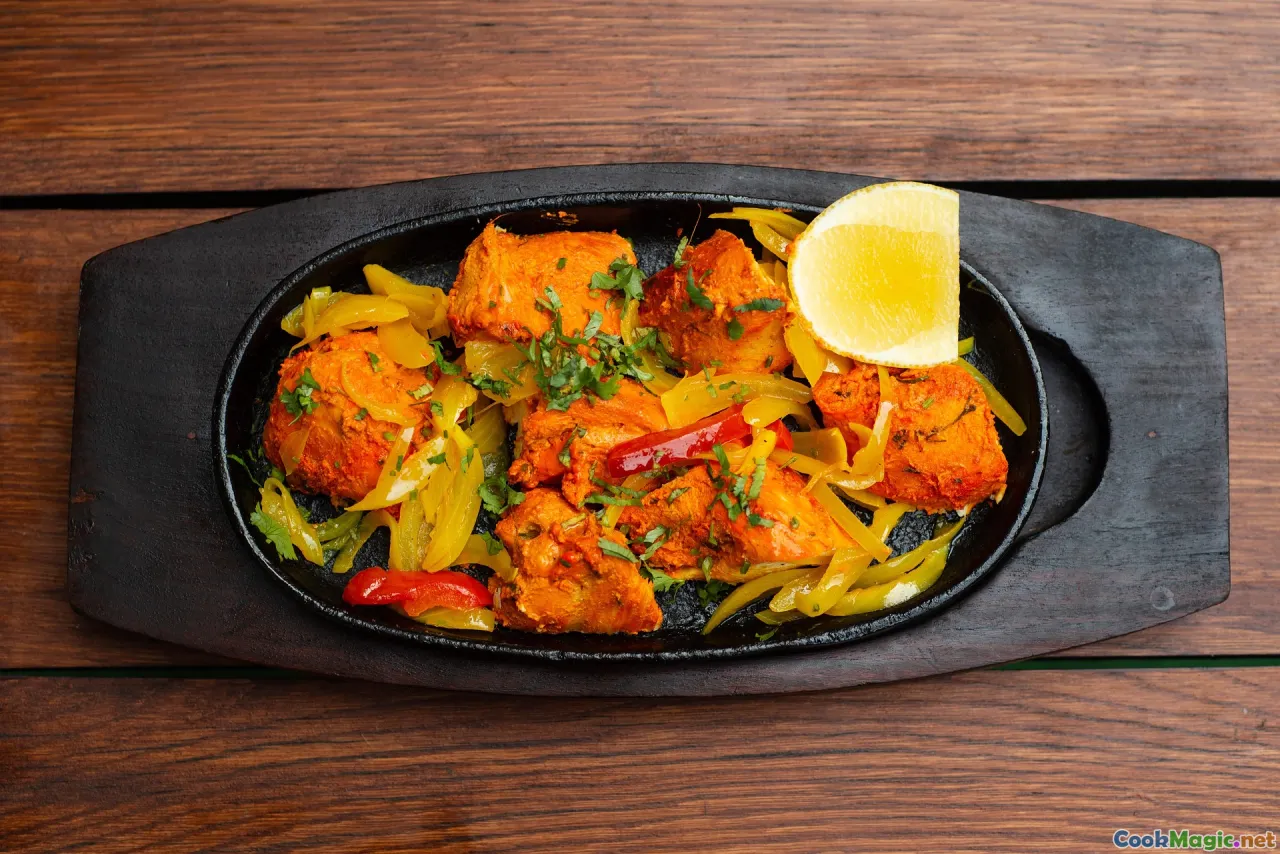
Tandoori spices originate from the Mughal kitchens of North India, famed for their smoky, fiery, and aromatic profiles. The classic tandoori marinade includes cumin, coriander, paprika or kashmiri red chili, turmeric, garlic, yogurt, and garam masala. Its popularity spread globally through Indian restaurants and diaspora communities.
Incorporating tandoori spices into a noodle dish might seem unconventional, but it’s precisely this cross-pollination that sparks culinary brilliance.
The key is balancing these intense, warm spices with cooling, creamy elements—like yogurt or sesame oil—to prevent the dish from becoming overwhelming. We aim for a harmonious dance where the spices ignite the senses without overshadowing the inherent nuttiness of soba.
How to Create Sesame Soba Noodles Tossed in Tandoori Spices
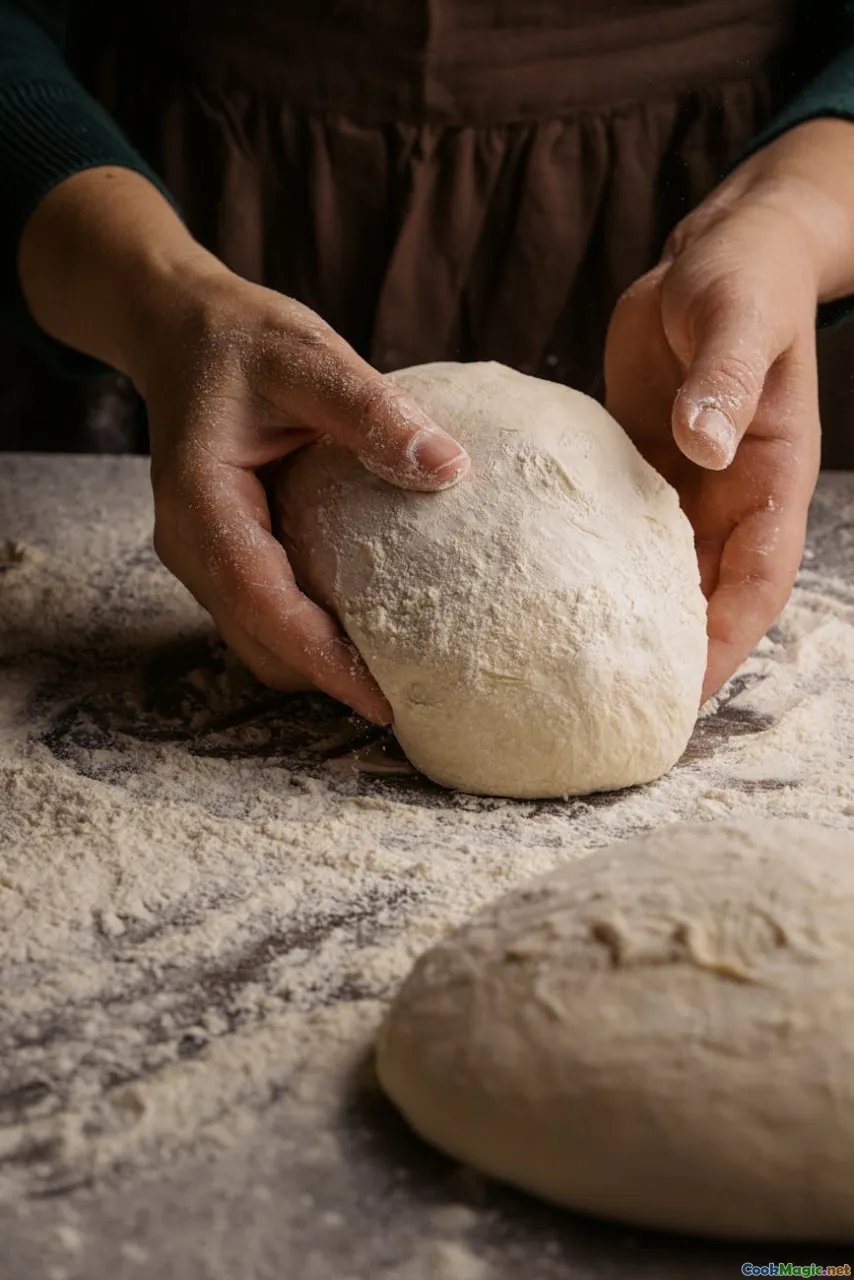
Ingredients Needed:
- 200g dried soba noodles
- 2 tablespoons toasted sesame oil
- 3 tablespoons toasted sesame seeds
- 1 cup plain Greek yogurt or a vegan alternative
- 2 teaspoons garam masala
- 1 teaspoon smoked paprika (or kashmiri red chili powder)
- 1 teaspoon ground coriander
- 1 teaspoon ground cumin
- ½ teaspoon turmeric
- 2 garlic cloves, minced
- 1 lime, juiced
- Fresh cilantro and scallions, chopped
- Salt and freshly ground black pepper to taste
Step-by-Step Instructions:
- Cook the soba noodles: Bring a large pot of salted water to a boil. Add soba noodles, cook for 4–5 minutes until just tender but still al dente. Drain and rinse with cold water to halt cooking, then toss with 1 tablespoon toasted sesame oil.
- Prepare the tandoori-spiced yogurt: In a bowl, whisk together Greek yogurt, garam masala, smoked paprika, ground coriander, cumin, turmeric, minces garlic, lime juice, and a pinch of salt and pepper. Adjust seasoning to taste.
- Toss the noodles: Add the cooled noodles to a large bowl. Pour over the yogurt sauce, then sprinkle with toasted sesame seeds, chopped cilantro, and scallions.
- Final stir: Gently toss to coat everything evenly, ensuring the noodles are glazed with the spice-infused yogurt.
- Serve: Plate the noodles with extra cilantro, scallions, and a squeeze of lime. For added texture, garnish with roasted peanuts or garnish with crispy fried shallots.
Tips for Perfect Fusion:
- Adjust spice levels based on heat preference.
- For a smoky flavor, add a dash of smoked paprika or a touch of chipotle powder.
- Incorporate roasted vegetables like bell peppers or zucchini for a hearty twist.
Sensory Journey: Tasting and Enjoying
When you lift a forkful of this fusion masterpiece, your senses are greeted by a symphony: the glistening sheen of sesame oil, the aroma of toasted sesame seeds mingling with warmed spices, and the visual pop of bright green herbs. The first taste reveals a luscious creaminess from the yogurt, balanced by the gentle chew of soba, all elevated by an initial peppery-spicy kick.
The earthy nuttiness of soba pairs effortlessly with the smoky, spiced yogurt, creating a complexity that compels each bite to be different—from mildly sweet citrus hints from lime to the warm aroma of curry spices. This dish is not just a meal; it’s a mental voyage across culinary worlds, a metaphor for how food nurtures not only the body but also the soul.
Personal Reflections & Variations
Over the years, I’ve played with different compositions—adding pickled vegetables for acidity, tossing in diced mango for sweetness, or even combining it with grilled chicken or tofu. The beauty lies in its adaptability.
A memorable moment was serving this dish at a dinner party featuring a Spectrum of Asian and Indian dishes—it garnered admiration for its bold, unexpected flavors and the stories it told through ingredients.
In essence, this dish reminds us that fusion is about respect, curiosity, and the joy of discovery. It’s an ingredient conversation that celebrates cultural connections and culinary inventiveness.
The next time you find yourself craving something unfamiliar yet comfortingly familiar, consider crafting these sesame soba noodles tossed in tandoori spices. It’s more than a meal—it’s a shared journey through traditions and tastes, a reminder that food, in all its vibrant forms, unites us across borders and boundaries.









